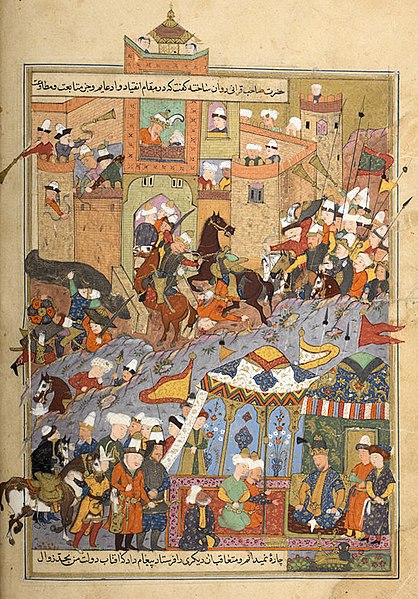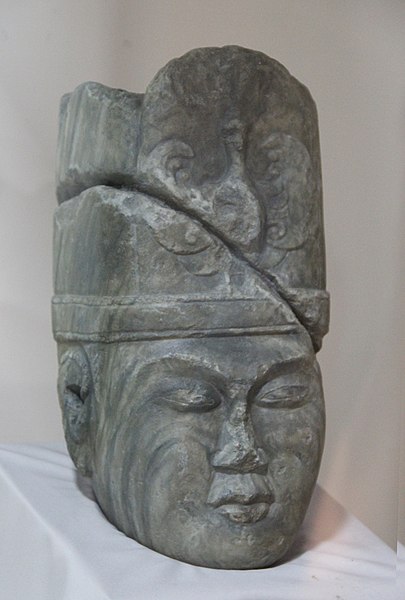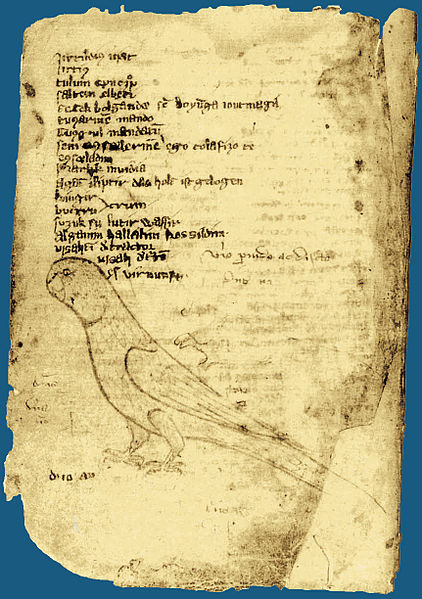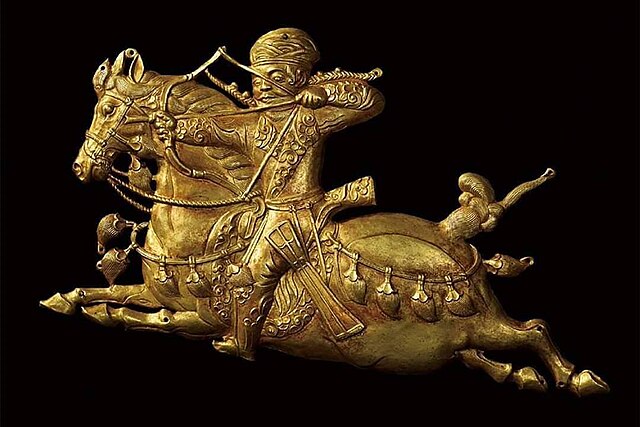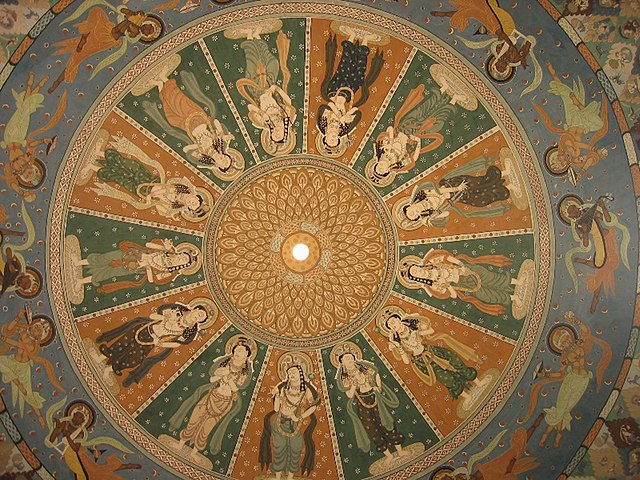The Timurid Empire was a late medieval, culturally Persianate Turco-Mongol empire that dominated Greater Iran in the early 15th century, comprising modern-day Iran, Iraq, Afghanistan, much of Central Asia, the South Caucasus, as well as parts of contemporary Pakistan, North India and Turkey. The empire was culturally hybrid, combining Turko-Mongolian and Persianate influences, with the last members of the dynasty being "regarded as ideal Perso-Islamic rulers".
Depiction of Timur granting audience on the occasion of his accession, in the near-contemporary Zafarnama (1424-1428), 1467 edition
Timur receiving Amir Husayn's envoy during his attack on Balkh (1370). Miniature painting from Mirkhvand's Rawzat al-Safa (Turkey, 1599).
Forensic facial reconstruction of Turco-Mongol conqueror Timur from his skull, performed by the Soviet archaeologist and anthropologist Mikhail Mikhaylovich Gerasimov (1941)
Folio of Poetry From the Divan of Sultan Husayn Mirza, c. 1490. Brooklyn Museum.
The Turkic peoples are a collection of diverse ethnic groups of West, Central, East, and North Asia as well as parts of Europe, who speak Turkic languages.
Bust of Kul Tigin (AD 684–731), prince of the Second Turkic Khaganate, found in Khashaat, Arkhangai Province, Orkhon River valley. National Museum of Mongolia.
A page from "Codex Kumanicus". The Codex was designed in order to help Catholic missionaries communicate with the Kumans.
A Turkic warrior from the Göktürk period. The horse's tail is knotted in Turkic style. His hair is long, braided and his big-collared caftan and boots are Turkic clothing features.
Uyghur painting from the Bezeklik murals


